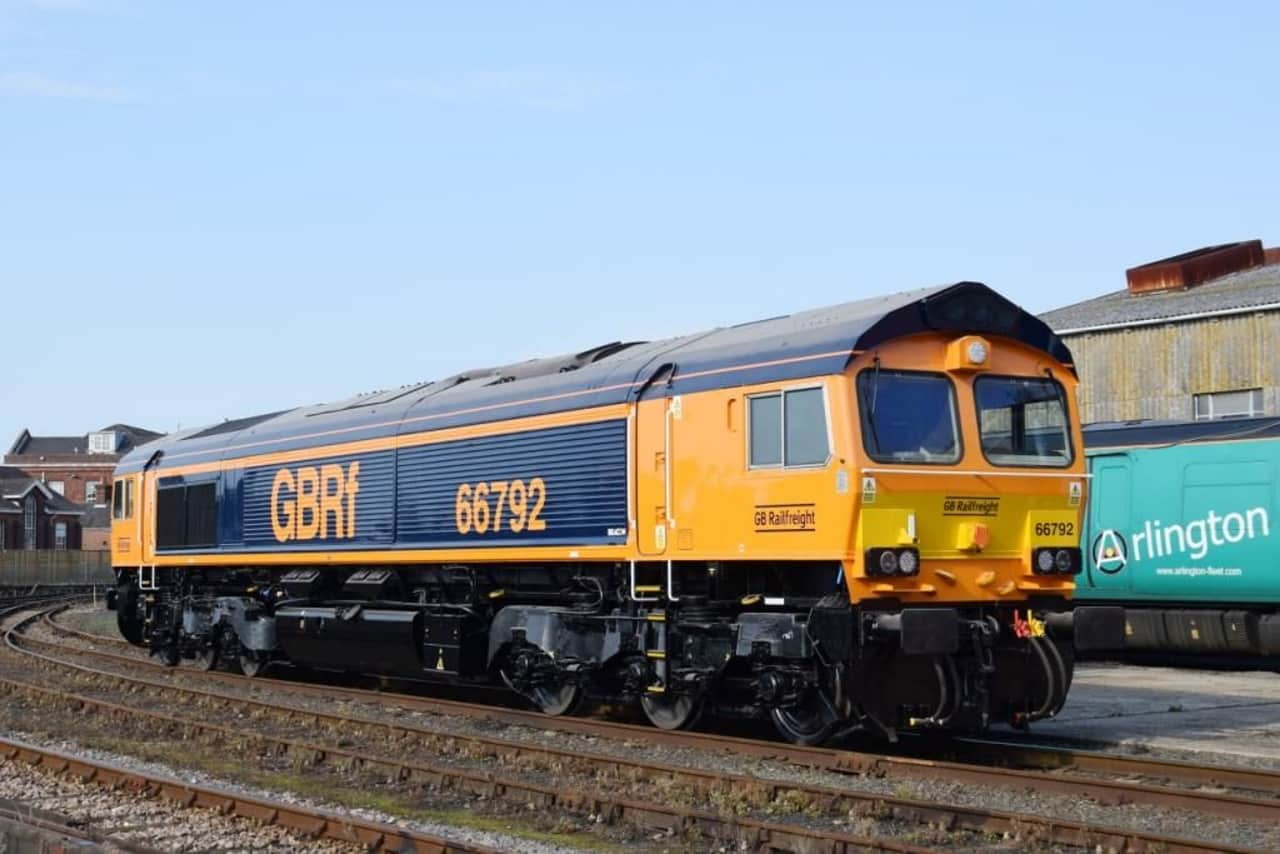GB Railfreight (GBRf) has announced that its four-week test of a new system for monitoring wheel and brake issues was a success.
GBRf developed the new system in collaboration with Icomera, DG8 and SENSEi. It is the world’s first system to enable battery-powered sensors to remotely share status and out-of-tolerance alerts with drivers and operational control centres while they are carrying out vehicle pre-checks.
The technology is part of the Internet of Things (IoT), the collective network of connected devices and the technology that enables communication between the devices and between the devices and the cloud.
GBRf believes that it can help to create a safer and more efficient rail network by lowering the number of incidents related to faults with wheels and brakes.

Until now, there has been no method for wirelessly transmitting freight wagon brake sensor data to the driver in the locomotive via a closed system.
With this new system, train drivers receive data from the sensor directly to an application on a tablet in their cabin, allowing them to act immediately to reduce the risk of wheel or brake-related problems. It also allows them to respond to real-time feedback on the results of their actions.
Following the success of the test, the project moves on to further trials.
David Golding, Asset Director, GB Railfreight, said: “Working with our trusted industry partners, we have proven the concept of a first-of-its-kind application in the rail sector. GBRf is really proud to be leading the freight industry by developing these innovative solutions to reduce incidents relating to wheel and brake issues.”
Peter Kingsland, SVP, Icomera UK, said: “Rail freight operators are rightly paving the way for digitally driven solutions to mitigate risks as the freight industry grows. Connecting drivers and the engineering teams that support them to real-time trainborne sensor data is a natural step towards a safer and more efficient rail network for all users.”
Damon Thomas, Chief Executive Officer, SENSEi Networks Limited, said: “The utilisation of low-power sensors, long range, wireless networking and edge intelligence is enabling long sought ambitions for autonomous monitoring and real-time alerting to be realised in the freight rail sector, fulfilling the potential for significant improvements to operational efficiency, cost and safety.”






Responses
I didn’t believe that this free travelling time was true until I got hold of a contract. Surely it has to be in contravention to Hidden rules. I’m amazed that GB get away with it.
Does it monitor how many times a week drivers work over 12 hours ? Maybe it can monitor drivers not being booked travel time on their duties to hide what hours they’re doing ?
Industry knows what they’re up to but turn a blind eye .
Pity they aren’t so good at fatigue monitoring.